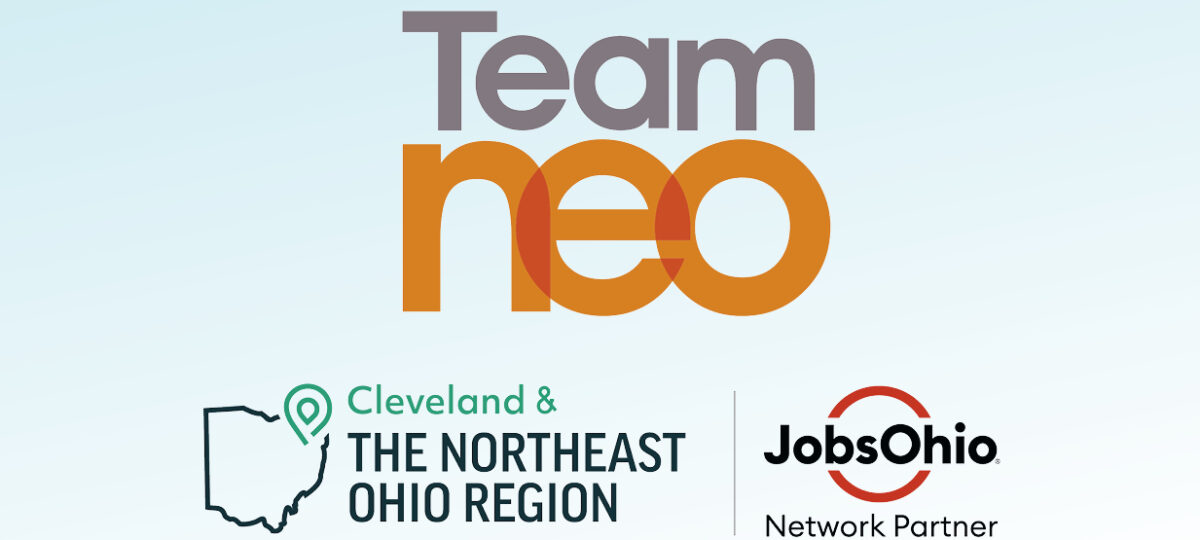CLEVELAND – Gains in post-secondary education, wage growth and the young adult population in northeastern Ohio are some of the improvements charted by Team NEO.
But more work is needed to bridge the equity gap in several key areas, including access to in-demand jobs for women and people of color, finds the economic development agency’s “Vibrant Economy Talent and Equity Update,” released Aug. 7.
“To have a vibrant economy, we must have a workforce that is educated and trained to fill in-demand jobs in our region. All individuals in the region must have access to the resources, education and training opportunities that are needed to succeed,” says Jacob Duritsky, Team NEO vice president of strategy, research and talent.
The Talent and Equity Update builds on the Vibrant Economy Index launched by Team NEO in February 2022. The index measures six pillars of the 18-county northeastern Ohio region, which includes Mahoning, Trumbull and Columbiana counties.
The newly released report focuses on two of the pillars – talent and equity. Duritsky says they go together because they both deal with people. Subsequent updates will revisit the other four pillars in pairs – innovation and resiliency and then competitiveness and prosperity.
HIGHLIGHTS
Highlights of the talent and equity update include improvement in the overall ranking for residents earning a bachelor or associate degree.
Compared to the 12 peer markets evaluated by Team NEO, northeastern Ohio rose from No. 13 to No. 8. The number of bachelor’s degrees earned increased by 60,000 and the number of associate degrees increased by nearly 12,000. Additionally, the report shows a decline of 5,000 in the number of people only completing part of their college studies.
The northeastern Ohio region includes Cleveland, Canton and Akron. The peer markets include other metropolitan statistical areas (MSAs) such as Columbus, Cincinnati, Pittsburgh and Indianapolis.
“There’s no perfect comparison market,” Duritsky says, “because we’re kind of four MSAs.”
Additionally, the peer markets include MSAs that this region tends to compete against for projects and business opportunities, which Duritsky lists as Atlanta, Chicago, Houston and Detroit.
Among the aspirational markets are Austin, Texas; Boston, San Francisco and New York. Before the pandemic, Duritsky says these were the top performers of the decade and northeastern Ohio could learn a lot from what made them successful.
“It’s not intended to be a stack-rank exercise. It’s not like we’re saying that northeast Ohio has to become Austin, Texas, to be successful. It’s more so, if they’re doing something we think we need to improve on, certainly we can learn from that market,” says Duritsky.
“If we’re being objective, we have faced some talent headwinds over the past couple decades – slightly declining population, declining labor force size and aging workforce.”
REVERSING DECLINE
Duritsky cites a study conducted by Georgetown University in 2018 that found Ohio urgently needed to expand its numbers of highly skilled and credentialed workers. According to that study, by 2025, 65% of Ohio’s jobs are expected to require some post-secondary degree, certificate or credential. As of 2016, only 44.1% of Ohioans had such qualifications.
Long-term, the region needs to look at population growth, retention and bringing people here, Duritsky says. But in the short term, it is more important to look at providing better educational and training opportunities for residents who are underserved.
The Team NEO update finds the region saw a small amount of population growth from 2018 to 2021 among those ages 25 to 34, which is a key to reversing the population decline.
Duritsky attributes some of that gain to people returning to the region from high-cost metro markets or choosing to stay instead of moving to those markets after college graduation.
In terms of wage equity, from 2020 to 2021 most demographics saw wage growth. Blacks saw 16% wage growth, Whites 6% and Hispanics 4%.
Still, people of color are 50% less likely than their White counterparts to obtain their bachelor’s or graduate degrees. Additionally, they continue to be underrepresented in jobs in health care, manufacturing and technology.
“We don’t have enough representation by minority communities, by women, in our most in-demand areas of our economy,” Duritsky says.
The new report finds that minorities are underrepresented in 19 of the 20 top occupations, and women are underrepresented in 15 of the top 20.
The report also noted other areas for improvement. Northeastern Ohio ranked in the bottom third of the Vibrant Economy Index markets in areas of broadband internet access, which is crucial for educating and training of the next workforce.
“In some ways, it’s like a balloon problem. You push on one area and that’s great. But you can only push on so many areas,” says Duritsky. “So, the point is how do we grow the size of the balloon over time.”
The Youngstown-Warren Regional Chamber, Brite, the Youngstown Business Incubator and local universities are among those working with Team NEO to push change across the Mahoning Valley.
“These insights shared in the Talent and Equity report present us with a tremendous opportunity to align economic development strategies across the network in a way that addresses the challenges we have and creates a more competitive and prosperous regional economy,” Duritsky says.
